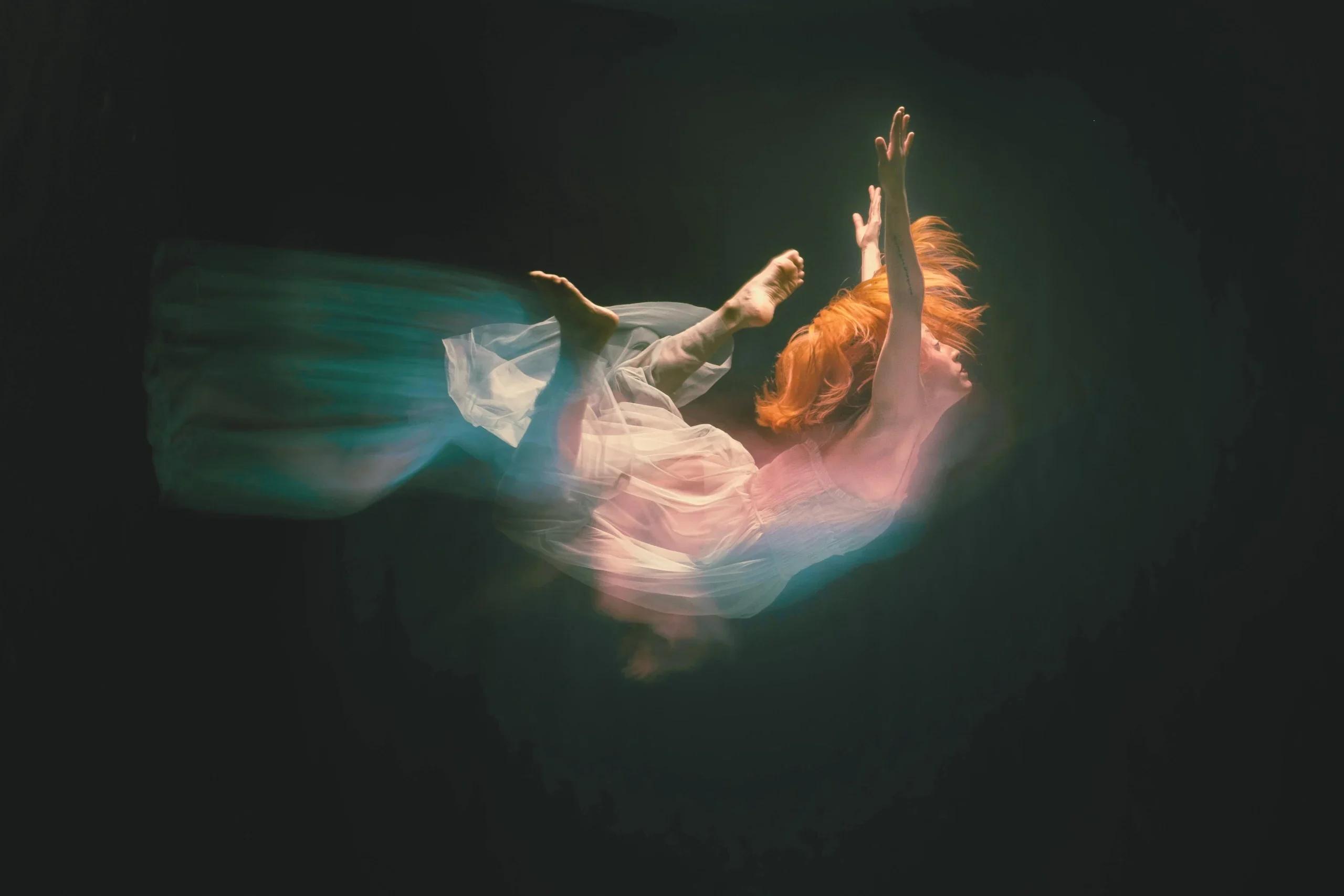Dance therapy isn’t about performing. It’s about remembering. It’s movement as expression, motion as medicine. You don’t need steps. You don’t need rhythm. Just a body that’s carrying something and a willingness to let it speak in its own language.
The body holds everything: stress, grief, joy, memories. Dance therapy creates space for that to move. It’s not about being graceful. It’s about being real. Whether it’s shaking, stillness, swaying, or sobbing—it all counts. This is emotional release without needing to talk through the whole story.

Sessions are guided but intuitive. The practitioner may offer prompts, music, or somatic cues—but there’s no “right” way to move. You might stand, sit, curl into a shape, stomp something out. Whatever comes up is welcome. And when it moves? You’ll feel it.
Not even a little. This isn’t about skill—it’s about sensation. If your body moves, you qualify.
There may be music, silence, breath, or improvisation. It’s shaped by the practitioner—but led by
you.
Yes. Dance therapy supports deep emotional processing by bypassing the mind and working
directly with the body.
Different vibe. This is therapeutic. It’s guided, held, and rooted in somatic healing—not just free
movement.
That’s part of the process. The body remembers how to move honestly. The awkwardness usually
fades fast.
Nope. All bodies, all abilities, all stories—this is about expression, not aesthetics.